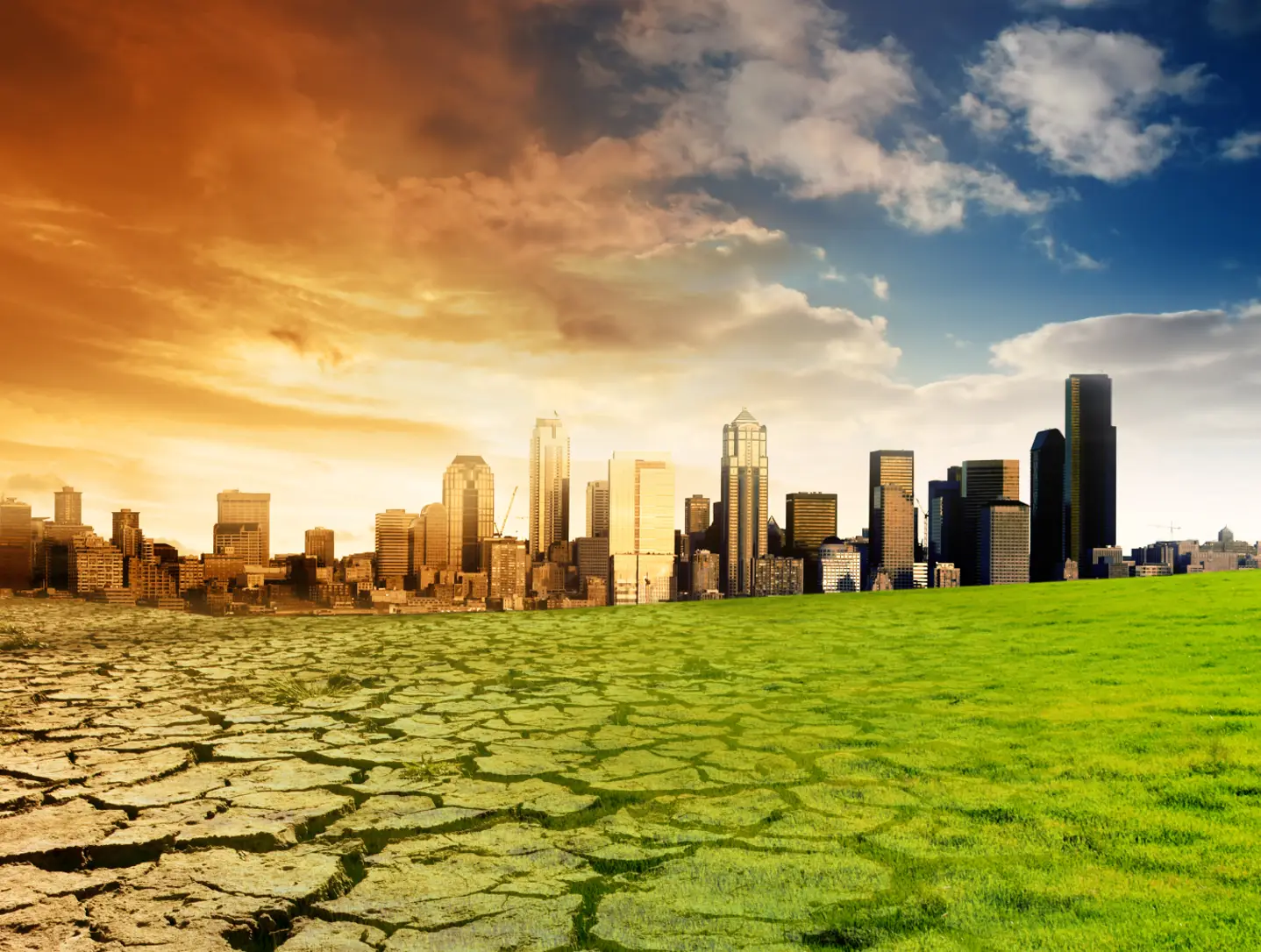Green Growth Opportunities in the Mining Sector of Emerging Markets
Harvard Kennedy School Professor Hausmann recently published an article on “Green Growth Opportunities” according to which the world’s present rush to decarbonize poses an enormous opportunity for emerging market economies on which to capitalize and build up supply chains critical to the transition. And this momentum has already arrived. Based on a 2020 World Bank report ‘under a two-degree scenario the production of graphite, lithium and cobalt will need to significantly ramp up by more than 450% by 2050 — from 2018 levels — to meet demand from energy-storage technologies.’ A shortage in minerals supply risks to significantly slow down the global deployment of certain technologies. But what must be done to guarantee that emerging economies’ benefit from this rising demand in green minerals is maximized? And who should be implicated?
Some emerging market leaders around the world have already started to strategize on the boom of green minerals. The DR Congo produces an estimated 70% of the world’s cobalt supply, and its government likes to describe itself as the “OPEC of cobalt”. As the international cobalt price spiked in 2018 at a remarkable $94,000 per ton, its government imposed a ‘strategic minerals’ tax of 10% on cobalt exports. In April 2022 the Mexican government took an even more acute measure and announced a nationalization plan for its lithium reserves discovered in the north of the country, another critical resource in the manufacturing of rechargeable batteries.
During our recent CEEPIC Trek to Washington DC beginning of February 2023, we discussed among key objectives of the 2022 Inflation Reduction Act (IRA) the US ambition to onshore part of the energy supply chain. This includes critical minerals to reduce external dependencies and enlarge direct control and oversight to manage social and environmental issues in extraction and processing. But securing supply chains “at home” does not solve the question of how to equally distribute profits from green mineral supply chains. Like the DRC and Mexico, many resource-rich countries in the Global South voice their intention to see own leaders and experts involved in green minerals projects and want to develop value added industries within their local energy economies. Developed economies should hence put forward more initiates that align with this wish and transform supply chains in a way that really support sustainable economic development and growth of all economies involved. Leading end-brand companies, like Tesla and Ford, will also have to take a leading role in this effort and shore up resilient and reliable supplies in an ethical manner. The application of more efficient extraction and processing technologies, for example in the lithium supply chain, also promises to lower the environmental and social damage of the sector. But even with all these initiatives, the question remains whether we will ever be able to transition to fair participation and local value addition in international mining, given its complex existing governance structures, various infrastructure constraints and often difficult investment environments. But despite these challenges, the US and other developed economies could do much better in governing green minerals supply chains.
Author: Julia Conrad, https://www.linkedin.com/in/julia-conrad6789/

Climate change
The energy sector is
central of efforts to
combat climate change

Climate change
In a hotter world energy
efficiency is more
important than ever
